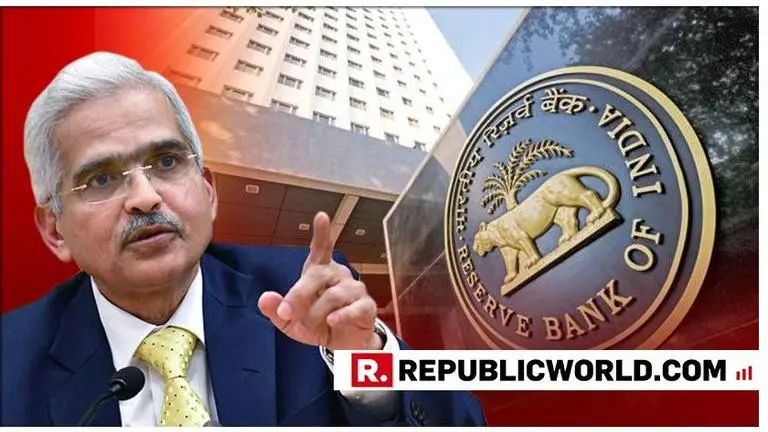Updated 29 June 2019 at 11:42 IST
RBI Governor Shaktikanta Das cautions against cherry-picking of data by experts; argues, "correlations can conveniently be extended to establish spurious causality"
Reserve Bank Governor Shaktikanta Das on Friday cautioned against cherry-picking of data by experts, saying correlations can conveniently be used to establish "spurious causality" to achieve desired results.
- Economy News
- 0 min read

Reserve Bank Governor Shaktikanta Das on Friday cautioned against cherry-picking of data by experts, saying correlations can conveniently be used to establish "spurious causality" to achieve desired results. His remarks come in the backdrop of recent controversies over GDP data after former Chief Economic Advisor Arvind Subramanian in a research paper claimed that India has over-estimated its economic growth.
The Economic Advisory Council to the Prime Minister (EAC-PM) had, however, rejected the claim, saying Subramanian's analysis was based on "cherry-picking" of high-frequency indicators while ignoring data on services, agriculture and robust tax collection. Speaking at the RBI's 13th Annual Conference, on the eve of 'Statistics Day', Das said in recent times there have been animated discussions on the precision of statistical methods.
"The doctrine - even tradition - of statistical significance in scientific research has come under some cloud for its veracity and the journal American Statistician published a special edition on this issue earlier this year," he said.
Das also said that critics allege that these tests are susceptible to manipulation in order to make desired results significant, and undesired results non-significant. Further, some important results may be discarded at the conception level itself just because they are highly unlikely, he said.
Advertisement
"Similarly, an opportunity to cherry-pick variables is available. In other words, correlations can conveniently be extended to establish spurious causality," the Governor said.
The central bank will continue to refine methodologies and use cutting edge techniques for forecasting of macroeconomic developments on an ongoing basis. The RBI held its 13th Annual Conference with the theme 'Statistics for the Future - Select Issues', on the eve of Statistics Day' -- designated by the Government of India on June 29 to commemorate the birth anniversary of renowned statistician Prasanta Chandra Mahalanobis. In his inaugural address, Das said in an era of the internet and social media, there is no substitute for rigorous statistical testing for establishing empirical regularities. In a deluge of data and results, what is vital is not just knowing which facts warrant importance, but also which are to be ignored, or even strongly refuted, he said.
Advertisement
"In the Reserve Bank, we will continue to refine the methodologies used for forecasting and assessment of macroeconomic developments on an ongoing basis."
"Research and analytics using cutting edge techniques will be pursued and in particular, nowcasting of growth and inflation will be further strengthened," the Governor said.
He further said big data is the new buzzword in the world of statistics, and it has already started changing the way the world views itself. Corporations, he said, are making large investments to predict the behavior of consumers by exploiting the advances made in the field of data analytics. This information technology revolution has also created problems of plenty, underscoring the need for rigorous processes of classification, aggregation and analysis.
"Big data analytics are being increasingly employed to assess food inflation, to develop risk profiles and stress scenarios for the corporate sector and to conduct sentiment analysis with artificial intelligence and machine learning techniques," Das said.
Mahalanobis, member of the first Planning Commission of India, is remembered for founding the Indian Statistical Institute (ISI); for his path-breaking work on nationwide sample surveys; and for providing the architecture of the second five year plan (FYP) model of rapid industrialization.
Published By : Press Trust Of India
Published On: 29 June 2019 at 10:54 IST
